Description
Chapter 01: Bacterial Cell Structure, Physiology, Metabolism, and Genetics
Mahon: Textbook of Diagnostic Microbiology, 6th Edition Test Bank
MULTIPLE CHOICE
1. To survive, microbial inhabitants have learned to adapt by varying all of the following, except
a. growth rate.
b. growth in all atmospheric conditions.
c. growth at particular temperatures.
d. bacterial shape.
ANS: D
The chapter begins by discussing the way microbial inhabitants have had to evolve to survive
in many different niches and habitats. It discusses slow growers, rapid growers, and
replication with scarce or abundant nutrients, under different atmospheric conditions,
temperature requirements, and cell structure. Bacterial shape as a form of evolution is not
discussed.
OBJ: Level 2: Interpretation
2. Who was considered the father of protozoology and bacteriology?
a. Anton van Leeuwenhoek
b. Louis Pasteur
c. Carl Landsteiner
d. Michael Douglas
ANS: A
The book discusses Anton van Leeuwenhoek as the inventor of the microscope and the first
person to see the “beasties.” So they dubbed him the father of protozoology and bacteriology.
The other three individuals were not discussed.
OBJ: Level 1: Recall
3. Prokaryotic cells have which of the following structures in their cytoplasm?
a. Golgi apparatus
b. Ribosomes
c. Mitochondria
d. Endoplasmic reticulum
ANS: B
All the structures listed are found in eukaryotic cells, but ribosomes are the only ones that
apply to prokaryotic cells.
OBJ: Level 1: Recall
4. This form of DNA is commonly found in eukaryotic cells.
a. Linear
b. Circular
c. Plasmid
d. Colloid
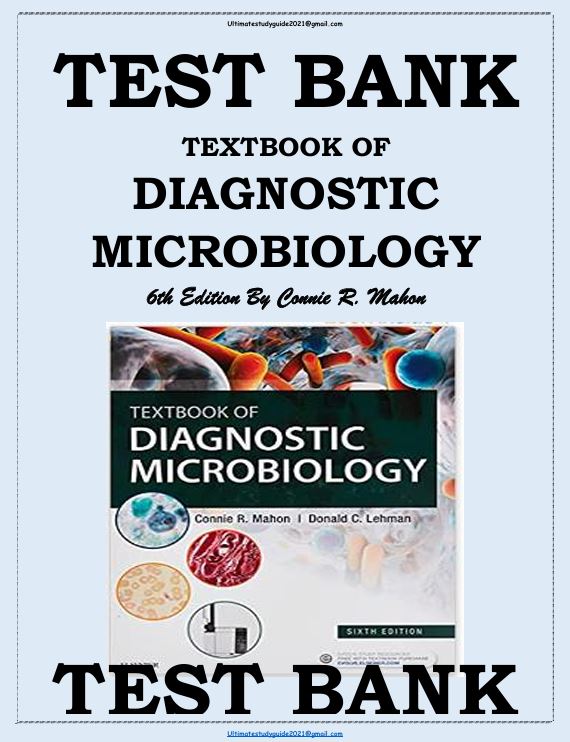
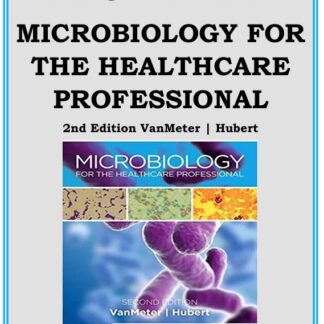
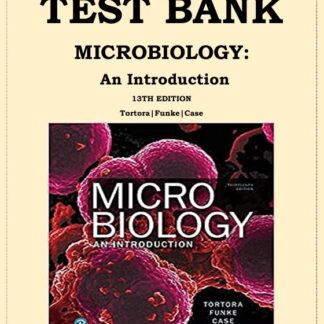
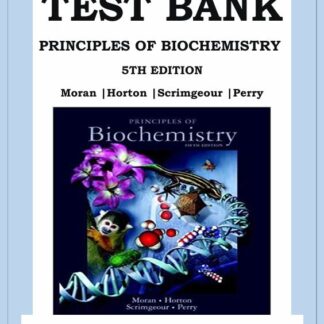
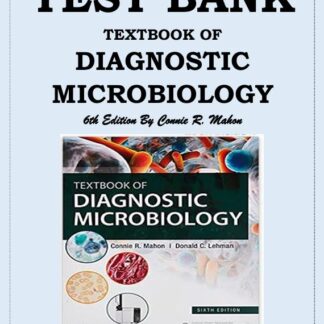
Reviews
There are no reviews yet.